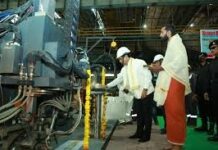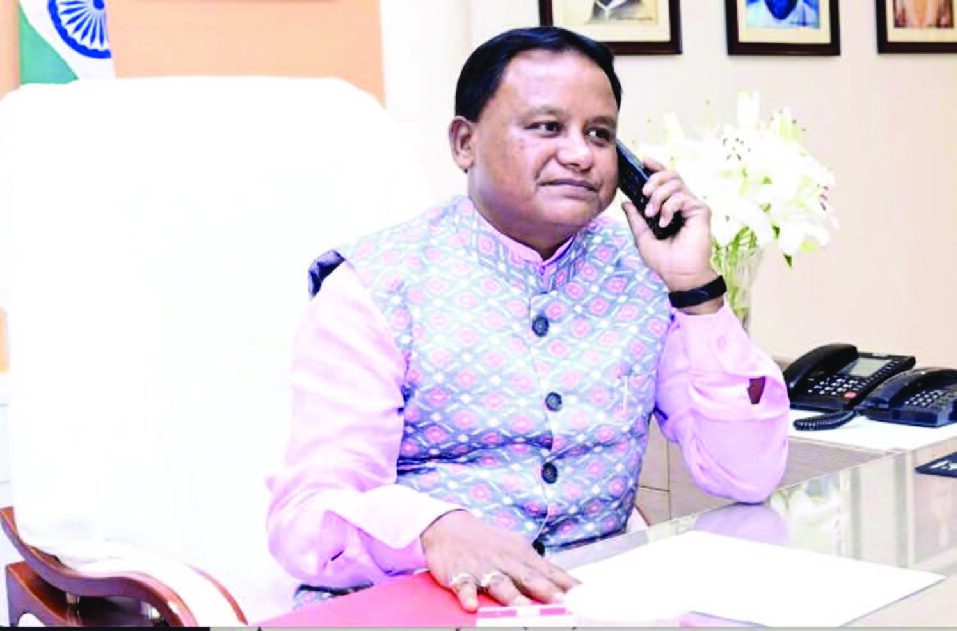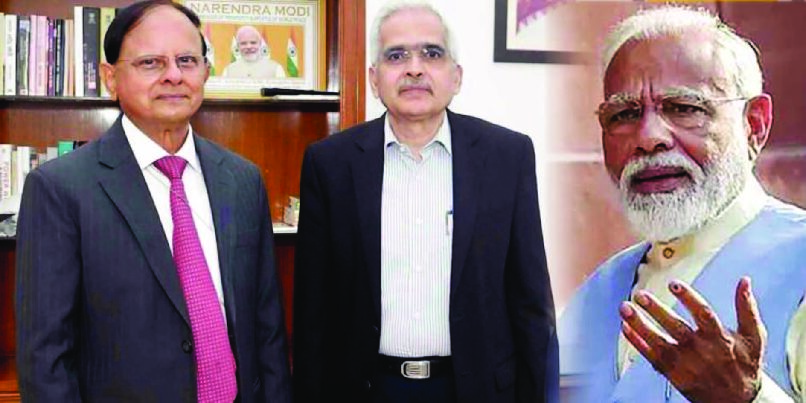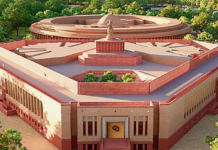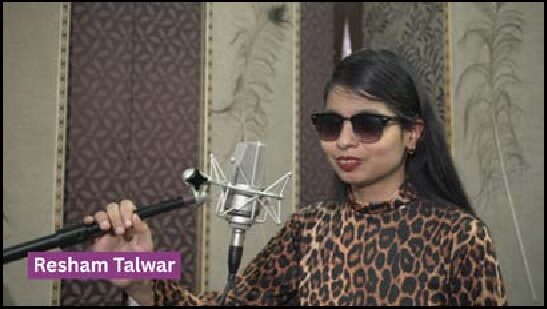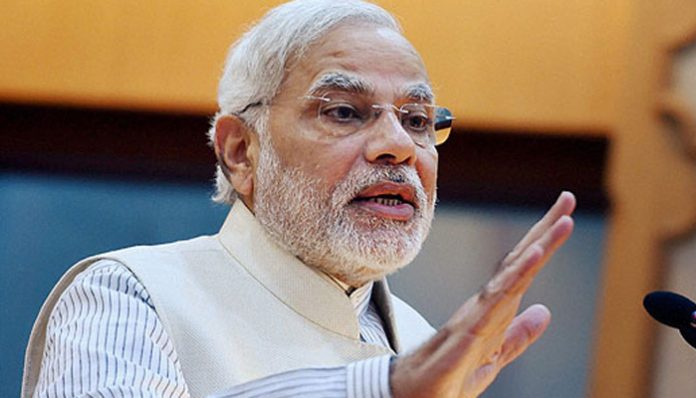People have reposed confidence on BJP’s poster boy Narendra Modi and voted his party to power. The mandate has been poured on Modi for less government, more governance. Three years on, Prime Minister Narendra Modi is getting the measure of the Biblical saying “Much is given, much is expected”, as he spends time taking daily reviews of the performance of his government and chalks out what he needs to do in the remaining two years.
May 26, 2017 will mark the completion of Modi’s three years in what is arguably the globe’s most difficult job-fulfilling the aspirations of a billion-plus people in the world’s largest democracy. Modi remains acutely aware that he has been given a decisive mandate that no prime minister has been bestowed with since Rajiv Gandhi in 1984 and appears determined to take the million little steps needed to transform the country. In the over 1000 days that he has been in office, Modi seems indefatigable, though exhausting for those who work with him. He has announced, with much fanfare, 30 major initiatives that ranged from cleaning India to saving the girl child, from smart cities to lighting up villages, and from skilling youth to helping start-up enterprises. He vsualises New India.
Modi is in command and going at full throttle. He runs the government very much like a CEO of a large business house would, setting the agenda, demanding accountability, and bulldozing his way through red tape and chatter. His government has not been rocked by any major scandals yet. Those in the know concede that corruption at the top level has been considerably reduced as compared with the 10 years of UPA government.
In his second and third year, Modi began pushing his ministers hard to focus on outcomes and delivery. Some of the hesitancy that Modi showed in his first year gave way to a quiet confidence as he was sure of himself. Modi is also far more aware of the complexities of managing a country where one can give orders but have no guarantee that it will be followed at lower levels. He now appears far more realistic about his abilities to achieve transformation on a major scale. Instead of relying solely on his massive mandate, he is aware that he now has to focus on root and-branch reforms.
Modi made an impromptu stopover at Lahore to greet Nawaz Sharif on his birthday and attend his grandchild’s wedding on Christmas Day in the year 2015. It may have got flak at home but did much to set right India’s obdurate image in the eyes of the world. However, it is unfortunate that the same Pakistan failed to reciprocate Modi’s warm response, probably due to the pressure from their Army. Modi’s goodwill gesture has turned hot with death sentence slapped on Kulbhusan Yadav !
Modi has learnt well on the job and become more creative within the limitations, is evident in his second and third year in office. There was a marked shift in the recent Budget towards a pro-poor and pro-farmer approach to dent criticism by the Opposition that it was a “suit-boot ki sarkar”. For the first time after independence, presentation of separate railway budget was dispended with and the unified general budget was placed in the Parliament on 1st of February. He announced the largest pro-farmer schemes since Independence to improve the safety net for crop failure and promote irrigation schemes, even while maintaining fiscal prudence. It was much-needed relief for the farm sector because, while his government may have received a bonanza from low oil prices, Modi had to contend with two continuous years of bad monsoons-the first ‘double drought’ in 30 years-that had left much of rural India impoverished.
On the economic front, one may quibble about calculation methods, but the fact is that annual GDP growth is an impressive 7.6 per cent, despite much talked demonetization and global recession. Compared to the final years of the UPA, the Modi government has worked hard to shore up India’s image abroad and restore investor confidence. He seems to have chosen a policy of economic gradualism instead. His decisions reflect an excessive amount of pragmatism rather than the underpinning of any strong economic vision. He is driven by a quest for efficiency that focuses on processes to ensure ease and speed of doing business.
He has also ensured funding for infrastructure to facilitate business and farmers has been more than adequate. Whether it is railways, highways, ports, power plants or petroleum, all these sectors have received major doses of funds, with Modi personally monitoring the progress. Overall, while there is much left to be done in the remaining two years, Modi and his hardworking team deserve high marks for management of the economy.
On foreign policy, an area in which he had little experience, Modi has done surprisingly well. He has become skillful in leveraging foreign policy for domestic development. Foreign Secretary S. Jaishankar compares Modi’s focus on foreign policy to that of Jawarharlal Nehru, who had actively sought help from other countries to build India’s economic base.
Modi’s neighbourhood-first approach has certainly hit roadblocks in Pakistan but he has cemented relations with Bangladesh by signing the historic Land Boundary Agreement, improved ties with Bhutan and Myanmar, and recovered ground in Afghanistan and the Maldives. Modi has made significant strides in the energy-rich Middle East and in Central Asia, where India had little traction or clout in the past. Of the major powers, a new equilibrium has been reached with China after some hiccups, economic ties have been boosted with Russia, and Modi has built an excellent rapport with USA.
While the Modi government is rated highly when it comes to the economy, infrastructure and foreign policy, its overall performance has been dragged down on two major fronts: political and social. Modi’s political instincts are finely honed and helped him almost single-handedly lead the party to a commanding majority in the 2017 UP assembly election, after major electoral setbacks in Delhi and Bihar in 2015.
We may give Modi a silver medal for his allround performance. To go for gold, he must strengthen the areas that gave him ballast and curb the problems that are dragging him down. Clearly, the economy, development and social upliftment should remain his top priorities. Modi needs to focus on speedy implementation of all the major initiatives that he has launched. Schemes such as Start-up India that are ideal to harness the entrepreneurial spirit of a vast nation and provide jobs need timely and institutional support if they are to succeed.







